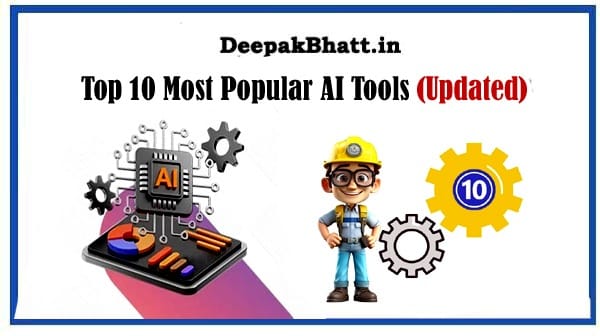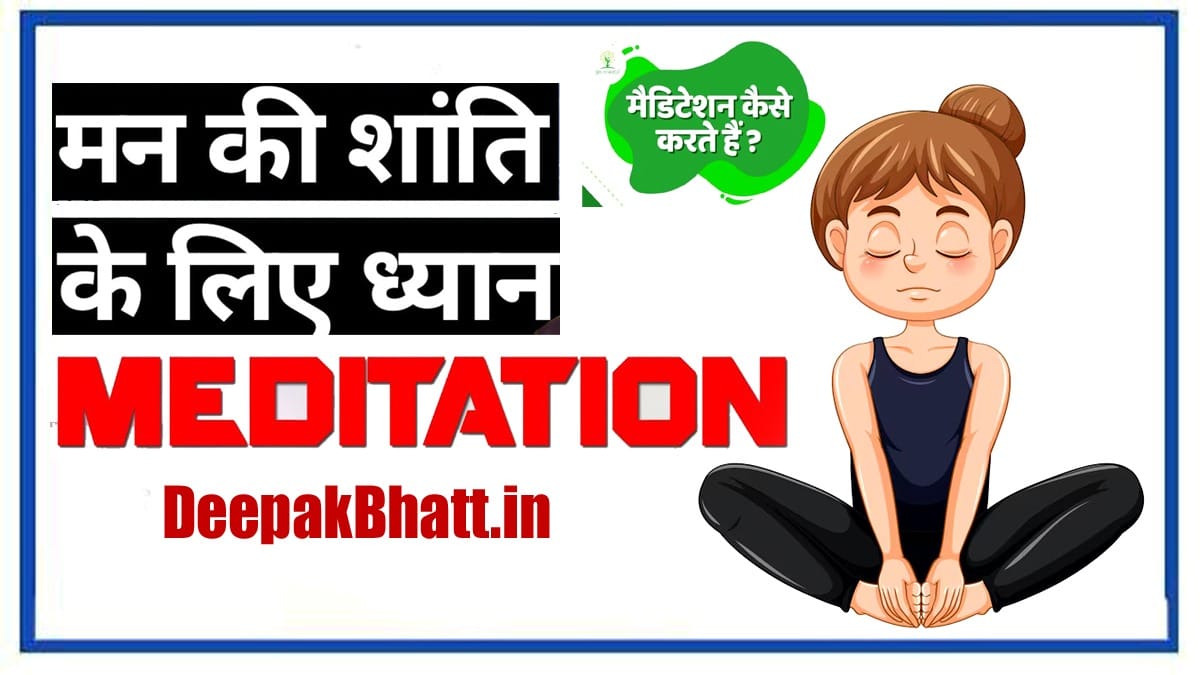AI Tools The landscape of technology is rapidly evolving, with AI spearheading transformative changes across various spheres of our lives.
In 2024, we are witnessing a proliferation of innovative AI tools aimed at enhancing productivity, fostering creativity, and streamlining workflows.
Here’s a compilation of ten popular AI tools that deserve your attention this year:
5G Technology: Power of Connectivity
What is Biotechnology? Types and Applications
What is ICT? Free Information Communication Technology
Top 10 Most Popular AI Tools
1. Conversational AI Chatbots (ChatGPT, Claude 2, Bing AI):
These advanced AI chatbots are adept at handling customer queries, providing assistance, and even generating creative content such as poems or code snippets. With evolving sophistication, they offer a seamless and engaging user interaction experience.
2. Content Creation Tools (Jasper, Copy.ai, Anyword):
Powered by AI, these tools assist in generating content ideas, crafting diverse copies, and formulating social media posts. Whether it’s crafting blog articles, website content, or marketing materials, these tools efficiently save time and effort.
3. Grammar Checkers and Rewording Tools (Grammarly, Wordtune, ProWritingAid):
Utilizing AI language processing, these tools facilitate refining writing by detecting grammatical errors, suggesting stylistic enhancements, and providing alternative wordings.
4. AI-Enabled Video Creation and Editing (Descript, Wondershare Filmora, Runway):
AI-driven video editing tools automate tasks such as transcription, captioning, and even video generation, streamlining the editing process and allowing more focus on creative aspects.
5. Image Generation Tools (DALL·E 3, Midjourney, Stable Diffusion):
These AI tools generate images based on textual descriptions, serving purposes like illustration creation, marketing visuals, or conceptual artwork.
6. Voice and Music Generation Tools (Murf, Splash Pro, AIVA):
Leveraging AI, these tools produce realistic voices and original music compositions, suitable for audio presentations, explainer videos, or podcast production.
7. Knowledge Management and AI Grounding Tools (Mem, Notion AI Q&A, Personal AI):
These tools aid in organizing and managing knowledge bases, offering features like answering queries, summarizing information, and generating content based on existing knowledge.
8. AI-Powered Task and Project Management (Asana, Any.do, BeeDone):
Task and project management tools utilize AI to enhance efficiency by suggesting task prioritization, automating repetitive tasks, and identifying potential obstacles, thus enabling better collaboration and deadline management.
9. Transcription and Meeting Assistance Tools (Fireflies, Airgram, Krisp):
These AI-driven tools transcribe audio recordings and provide meeting summaries, offering a time-saving solution to capture crucial information from meetings effectively.
10. Image Editing Tool (Pixlr):
Pixlr, an online photo editor, incorporates AI to provide a range of features including image generation, background removal, and object manipulation, catering to the needs of photographers, graphic designers, and casual users seeking quick and efficient photo editing solutions.
These are just a glimpse of the plethora of potent AI tools available in 2024.
With such diverse options, there’s undoubtedly a tool suited to enhance your productivity, unleash creativity, and optimize efficiency.
Creating a comprehensive list of the top 50 AI tools can be challenging due to the rapidly evolving landscape of AI technology and the diversity of tools available across various domains and applications. However, here’s a sample table of contents that could include a diverse range of AI tools across different categories:
Natural Language Processing (NLP) Tools:
- 1.1 GPT (Generative Pre-trained Transformer) Models
- 1.2 BERT (Bidirectional Encoder Representations from Transformers)
- 1.3 SpaCy
- 1.4 NLTK (Natural Language Toolkit)
- 1.5 Word2Vec
Computer Vision Tools:
- 2.1 OpenCV
- 2.2 TensorFlow Object Detection API
- 2.3 YOLO (You Only Look Once)
- 2.4 PyTorch Vision
- 2.5 Microsoft Azure Computer Vision
Machine Learning Platforms:
- 3.1 TensorFlow
- 3.2 PyTorch
- 3.3 Scikit-learn
- 3.4 Keras
- 3.5 RapidMiner
Deep Learning Frameworks:
- 4.1 TensorFlow
- 4.2 PyTorch
- 4.3 Keras
- 4.4 MXNet
- 4.5 Caffe
Reinforcement Learning Tools:
- 5.1 OpenAI Gym
- 5.2 RLlib (Reinforcement Learning Library)
- 5.3 Stable Baselines
- 5.4 DeepMind Lab
- 5.5 TensorForce
Chatbot Platforms:
- 6.1 Dialogflow
- 6.2 Microsoft Bot Framework
- 6.3 Rasa
- 6.4 IBM Watson Assistant
- 6.5 Amazon Lex
Data Science and Analytics Tools:
- 7.1 Pandas
- 7.2 NumPy
- 7.3 Jupyter Notebooks
- 7.4 Matplotlib
- 7.5 Seaborn
Speech Recognition and Synthesis Tools:
- 8.1 Google Cloud Speech-to-Text
- 8.2 IBM Watson Speech to Text
- 8.3 Mozilla DeepSpeech
- 8.4 Amazon Polly
- 8.5 Microsoft Azure Speech Services
AI Development Platforms:
- 9.1 IBM Watson Studio
- 9.2 Google AI Platform
- 9.3 Microsoft Azure Machine Learning
- 9.4 Amazon SageMaker
- 9.5 H2O.ai
AI-driven Marketing Tools:
- 10.1 HubSpot
- 10.2 Marketo
- 10.3 Salesforce Einstein
- 10.4 Adobe Sensei
- 10.5 Acquia Lift
आप सभी का मेरी वेबसाइट पर स्वागत है। मैं Blogging, earning money online और अन्य Categories से संबंधित Post Updates करता रहता हूँ। यहाँ आपको बहुत अच्छी Post पढ़ने को मिलेंगी। जहाँ से आप बहुत सारा Knowladge बढ़ा सकते हैं। आप हमारी website और Social Media के माध्यम से हमसे जुड़ सकते हैं। धन्यवाद







